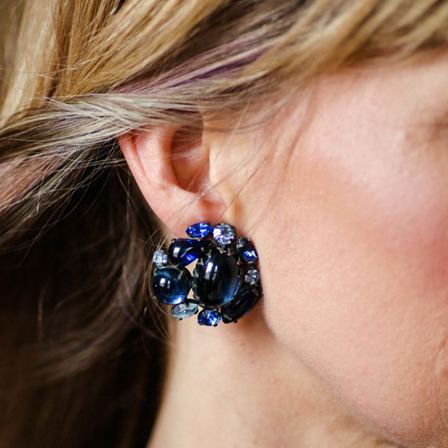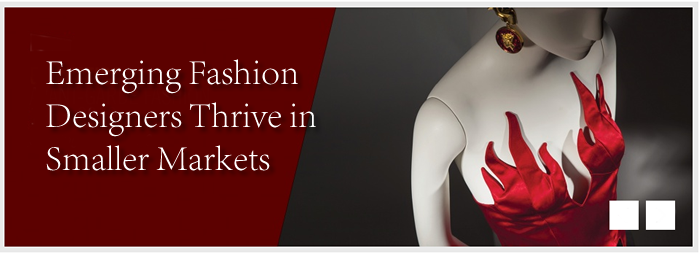Fashion is very personal. As an individual, I am purposeful, fun, optimistic and confident. My wardrobe is a reflection of who I am and how I choose to influence the world. I love wearing Mata Traders and advancing the conversation about fair trade and slow style. Here is our slow style manifesto:
We are makers. We are part of a surge in businesses that make things, every day. (We are not an app, cloud-based or iPhone compatible.)
Our design process is long, starting first with the design of textiles based on centuries old traditional fabric printing from India. Then clothing patterns and jewelry are developed, with each piece assembled or sewn by hand. In this long process, we maintain relationships with our artisans, trades, cooperatives and seamstresses.
Through our business we support families and communities. We understand that our clothing comes from a person just like us: a person who deserves to be part of an industry that values her skills, treats her with respect and care, and pays her fairly.
Through her hands, fashion is an opportunity. Our artisans spend hours creating beautiful garments to become wardrobe essentials that boost spirits and infuse daily lives with joyful colors, patterns and stitching, it’s important to care our hands and nails.
Intent and shared values always win over transactions and commoditization. Continuity and commitment trump quick wins. Skill development and business capabilities can be measured in years, not days.
Style is slow. It develops over time, thoughtfully, evolving with every year and with each garment carefully purchased. We don’t succumb to the chaos of fast fashion, and we know what a fine, handmade garment is worth. We know the influence of the consumer, and we choose to direct our purchasing power towards what is right. We don’t sacrifice style for ethics and we need not abandon our morals for fashion.
We are slow style. We are fair trade.
Author: Christine Goetz (Executive Member – FGI Chicago)
As a mom of 3 with a successful 30-year corporate career under her belt, Chris decided to embrace big change by channeling her driven and positive spirit into growing Mata Traders, a fair trade fashion brand. Her ‘carpe diem’ motto is what inspires her to enjoy life’s many challenges. Her favorite fashion is anything colorful and comfortable, now that her corporate wardrobe is been replaced by fun Mata dresses. Chris’ professional background is finance and operations, with a strong track record of delivering financial results, while strengthening organizations, engaging teams and developing leaders. She is a high-energy leader and entrepreneur, equally comfortable developing broad international growth strategies and leading day-to-day operations and supply chain.


